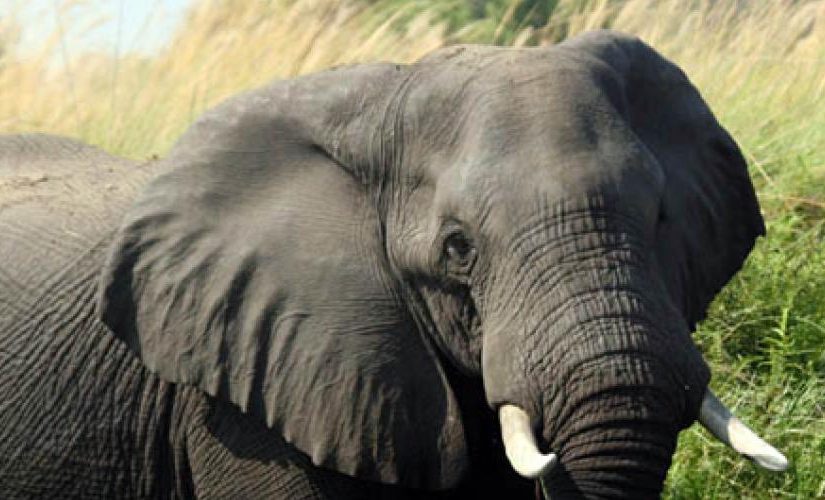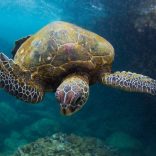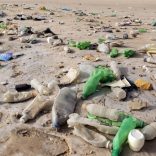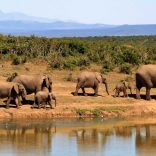Mozambique: Maritime Management Plan is crucial for socioeconomic sustainability
Elephants face extinction in Niassa Reserve

File photo
Elephants face extinction in the Niassa Nature Reserve in Cabo Delgado, northern Mozambique, National Conservation Areas Administration (ANAC) administrator Baldeu Chande told ‘Notícias’ yesterday.
“Poachers are killing elephants of all ages, exterminating families and not allowing the young animals to reproduce, which has contributed towards the rapid decline of the species,” Chande said.
The Niassa Reserve covers 42,000 hectares and its ecosystem can accommodate up to 20,000 elephants, but the reserve lost 7,000 elephants between 2011 and 2014, an average of 1,400 a year.
Besides elephant, several other species of animals are in danger of extinction in the reserve, which borders Tanzania, a country which, like Mozambique, is among the 22 nations most involved in ivory trafficking, according to the United Nations.
Mozambique lost 48 percent of its elephant population between 2012 and 2016 and may be banned from international trade in the species’ derivatives due to lack of clarity in animal management, according to a report by the Department of Surveillance and Combat against Poaching released by the ANAC in 2016.
According to the data, an average of two thousand elephants are slaughtered every year.
In addition to Mozambique’s proximity to countries considered poaching hotspots, the poverty of local populations and the growth of the international market for ivory are said to be the main causes of the slaughter of the animals in Mozambique.












Leave a Reply
Be the First to Comment!
You must be logged in to post a comment.
You must be logged in to post a comment.